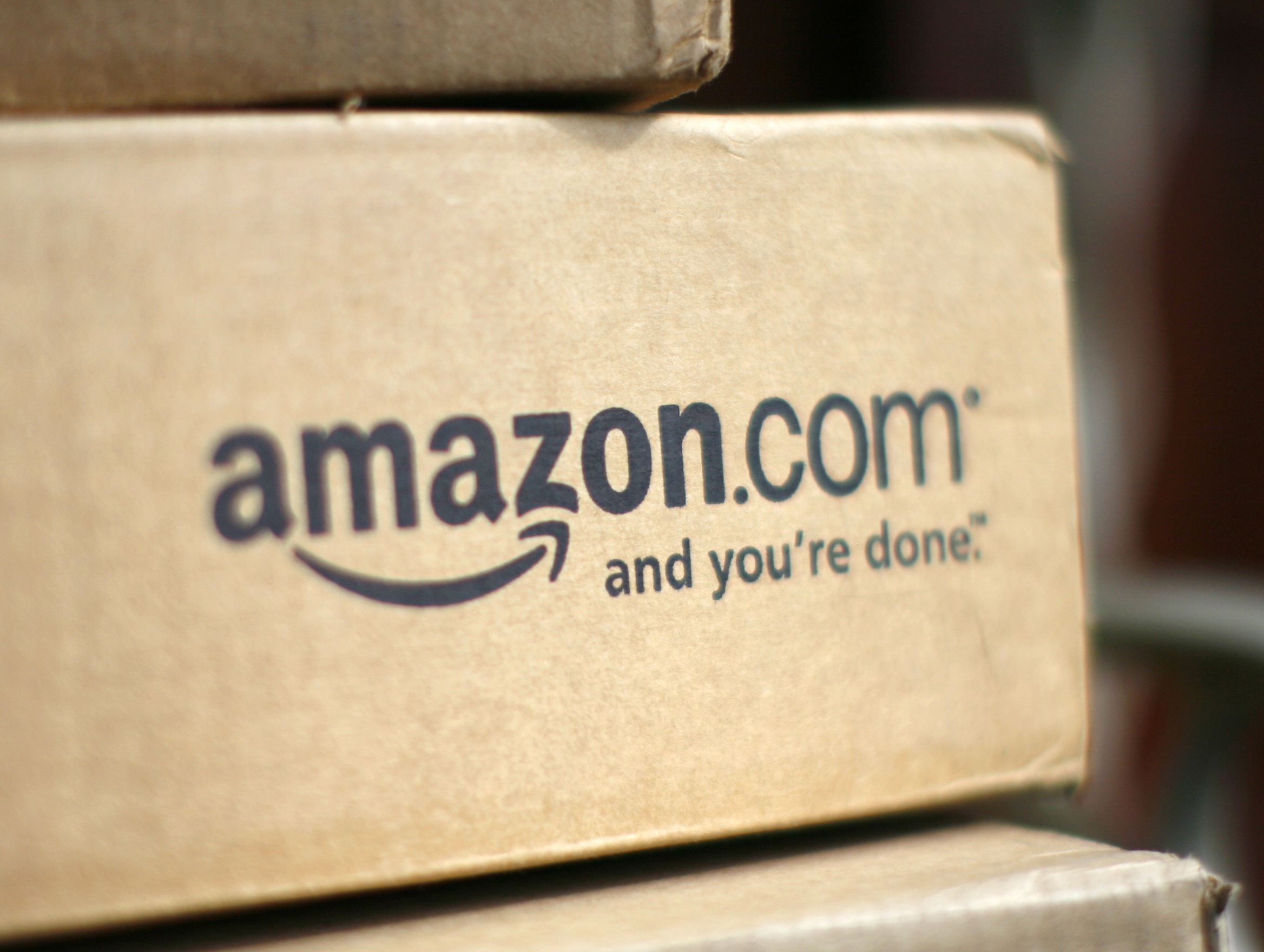
Category: Uncategorized

The Future Of TV Starts With A Name Change
There comes a time where naming conventions seem to hold back progress.
If we still called music “cassettes” it would be hard to imagine the effect this would have had on the way products like iTunes or services like Spotify would have been developed and marketed.
It strikes me that the future of TV , in terms of how content is searched for, found and viewed and how TV advertising manifests, is being hampered by the concept of TV and it’s antiquated name.
TV’s used to be large boxes in the home that you watched TV shows on, that were broadcast by TV companies on TV Channels.
Especially in the UK and Europe, you were quite likely to sit down at watch Channel Number X for the evening.
Increasingly these separate TV based units are becoming meaningless, the notion of a TV channel seems rather strange, even the idea of a “show” made for TV seems a little odd in an era of long and short form content on Vimeo, Youtube, News Websites etc.
A new name is required and with it a new way of thinking.
Much like we used to talk about records then cassettes, then CD’s and then MP3’s, each with their own cassette player, discman etc, we now just talk about music.
We now need to think not about DVD’s and TV Channels and Set top boxes, but about what it is Video.
Our TV’s are on the edge of being nothing to do with TV. They are merely large screen through which to play video.
We no longer sit down and “tune in” to see what is “on”, increasingly we sit down and think about specific content we watch. Smart TV’s like Samsung with their S- Recommendation engines now surface content based on our behavior and regardless of the format of content and the pipeline that brought it. Your thirst for soccer could be quenched by Live Soccer on Fox Soccer, a match on your DVR, an iTunes hosted video of the top goals ever, or highlights for free on Youtube.
Thinking of the TV as large screen for video allows the imagination to rethink other aspects. As an agency that seeks to serve the needs of brands, why are we now bound by the limitations and expense ofTV advertising.
TV Advertising can be done more accurately.
Digital TV’s can record data about your behavior and can work at an individual level, you now no longer need to buy a show, you can buy a individual house at a specific moment in time.
TV Advertising can be linked to an action.
You are now showing video to people on a large connected screen. Opportunities to buy products featured in shows will soon become common, as will click to find out more, or click to enter competitions
TV Advertising can be done more creatively.
With targeting down to a household ads can be served sequentially to build a narrative and ads can now be based on real time context or other data to make ads richer. They could pull in your feeds from you social graph, show what your friends think of the products etc.
TV Advertising can be done more measurably.
Any action based creative can be used to measure response in real time, thus providing ways for advertisers to test creative.
Even more than this advertising can now be served more quickly and much more cheaply/
So my only question remains, with this new world of the large screen and richer ad experiences, what does the TV’s new name become?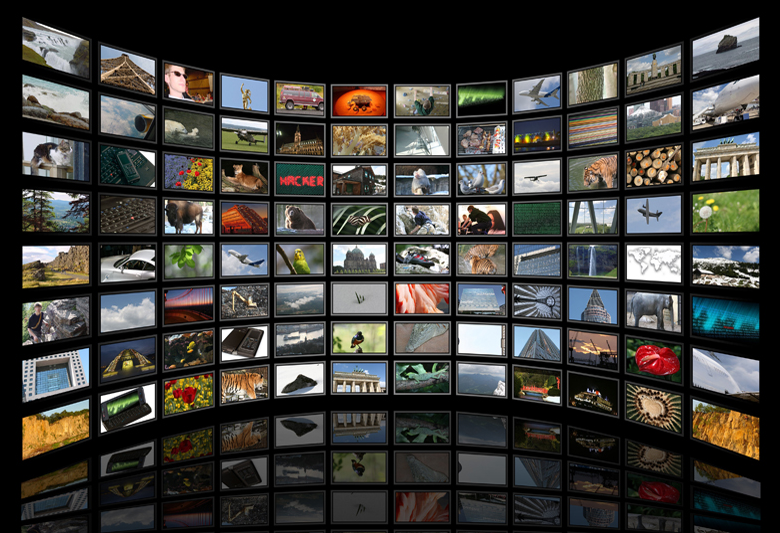
Mobile advertising – turning the dream into a reality.
Since about 2005, every year has been the year when mobile advertising was going to explode.
In 2013 it’s expected Mobile Ad revenue will top $11.4bn after growing 20% in the last year, so it’s pretty safe to say we now live in a world where Mobile advertising has arrived and predictions now show over the next 5 years mobile ad revenue will rise faster than any other media.
While this sounds hugely impressive, by two key measurements Mobile advertising is failing to live up to expectations.
1) The revenues are not keeping pace with the time spent on the media, we now spend 4.5% percent of our time on mobile, but yet only 1.7% of ad spend is on the channel, and this gap is rising as smartphones become ever more popular and ever more used.
2) The value of mobile ads are still low, a typical CPM of $1.31, about 1/3rd of other digital ads and around 1/20th of TV.
What’s more the ability to monetize mobile traffic has never been greater, it’s the largest challenge facing some of the most important companies of our time, be it Facebook, Twitter or any content provider without a paywall.
But what most disappoints me is the very unambitious and extremely uncreative way that people have looked at mobile as advertising platform, it reminds me of how most digital ads have completely failed to make the most of the unique opportunities the channel has to connect with people in incredible ways.
Allow me to follow a brief journey through the history of digital advertising:
1995
Digital ads first appeared around 1994 with the world’s first pop up ad and some banner ads. While this may have been an entirely new media channel, the thinking was basically taking existing print ads like loose leaf ads and newspaper ads, and simply finding digital equivalents.
2005
Around ten years later with much faster internet access speeds allowed video to be streamed and as a result people took 30 second TV ads, chopped them down to 15 seconds and the world of pre-roll ads was born.
It strikes me that this timeline shows how incredibly poor innovation in the space has been, while we may see page dominant ads, or expandable banners, or MPU units, basically the entire world of digital advertising, a new paradigm of targeting, connectivity, measurement, real time, personalized content, and what we got was traditional ads repurposed.
Mobile seems no different.
Whether it was using SMS as a way to clumsily impart basic information or the decision that the mobile internet should be turned into screen real estate in exactly the same way that we approached physical newspapers, the quality , functionality and ambition has remained low.
What I don’t get has been the way that we’ve approached both digital and especially mobile as a screen. Just simply space to take up and put in front of eyeballs.
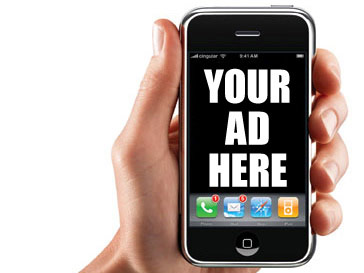
Our mobiles are far more than screens, they are our diary’s, our address books, our things to do lists, our maps, our photo albums, our location beacons, our coupon collectors and more, in many peoples cases they are their wallets.
The opportunities for mobile marketing are incredible, but it won’t come from thinking of the mobile as a small screen we take everywhere, but as a device that can remind us to do things, tell us where things are, keep our shopping lists, and so on.
And as our phones start to understand more about how we behave and where we are, the opportunities for mobiles to start predicting our behavior and make suggestions to us at the right time and the right place, will soon make advertising as a service the true moment where Mobile advertising really has arrived.
More on predictive computing and the true value of mobile advertising later.
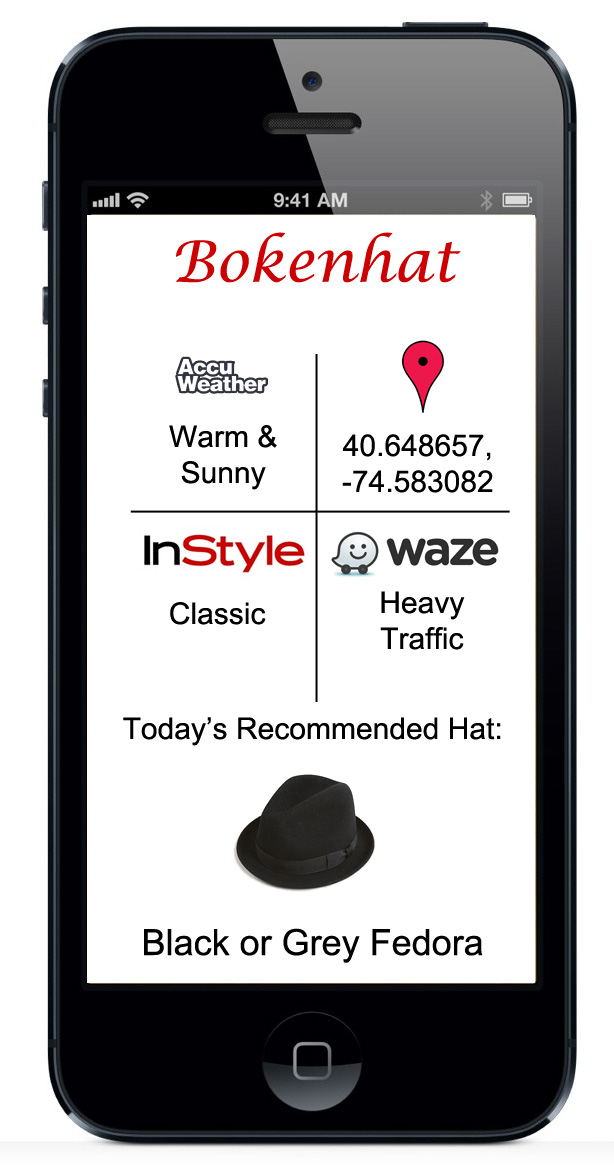
Buzzworthy Fashion App Bokenhat Launches for iOS and Android With Blockbuster Partnerships
One of the most buzzed-about fashion apps to come along in a while has officially launched today. Created by London startup Chapeau Labs, Bokenhat recommends the type of hat you should wear on a given day. It determines this from a variety of sources including the weather, your location, current fashion trends and current traffic conditions via a partnership with Waze.
As you might recall from earlier this year, Accuweather and The Weather Channel engaged in a fierce bidding war to provide the weather data for Bokenhat. “I usually never regret losing a bidding war,” the CEO of TWC was quoted as saying after Accuweather was chosen, “but this one stung. No one is really capturing the hat-wearing audience and this was a good a shot as any.”
Similarly, the selection of Waze to provide traffic data was quite a coup for the social driving startup. Heretofore Waze had been used for a wide variety of campaigns, including the famous Tylenol “Traffic Headache Simulator” and the Carnival Cruises “Imagine Your Car Was a Big Cruise Ship” efforts. By breaking into the hat space, Waze has opened up a whole new market for them to monetize.
“This app is going to be a big deal” said industry analyst Reginald Goodwin Esq. this morning. “This pulls the entire hat-choosing experience together in one place and makes a tough choice easy. Chapeau Labs can do no wrong.”

The Best Pecs In Tech: Silicon Valley’s 5 Buffest Bods
Silicon Valley has always been known for brain over brawn, but lurking in the shadows of the startup world are a handful of technerds that also put in some serious hours hitting the gym. Here’s our roundup of the five best pecs in tech:
1. William Marist, Bitript

2. Tom Goodwin, Vingle

3. Elliot Frisk, CodeIron

4. Evan Chadakoff, Quadstech

5. Blake Goldberg, Meezu

Think you’ve got these guys beat? Tweet or Instagram a pic of your Pecs with #bestpecsintech
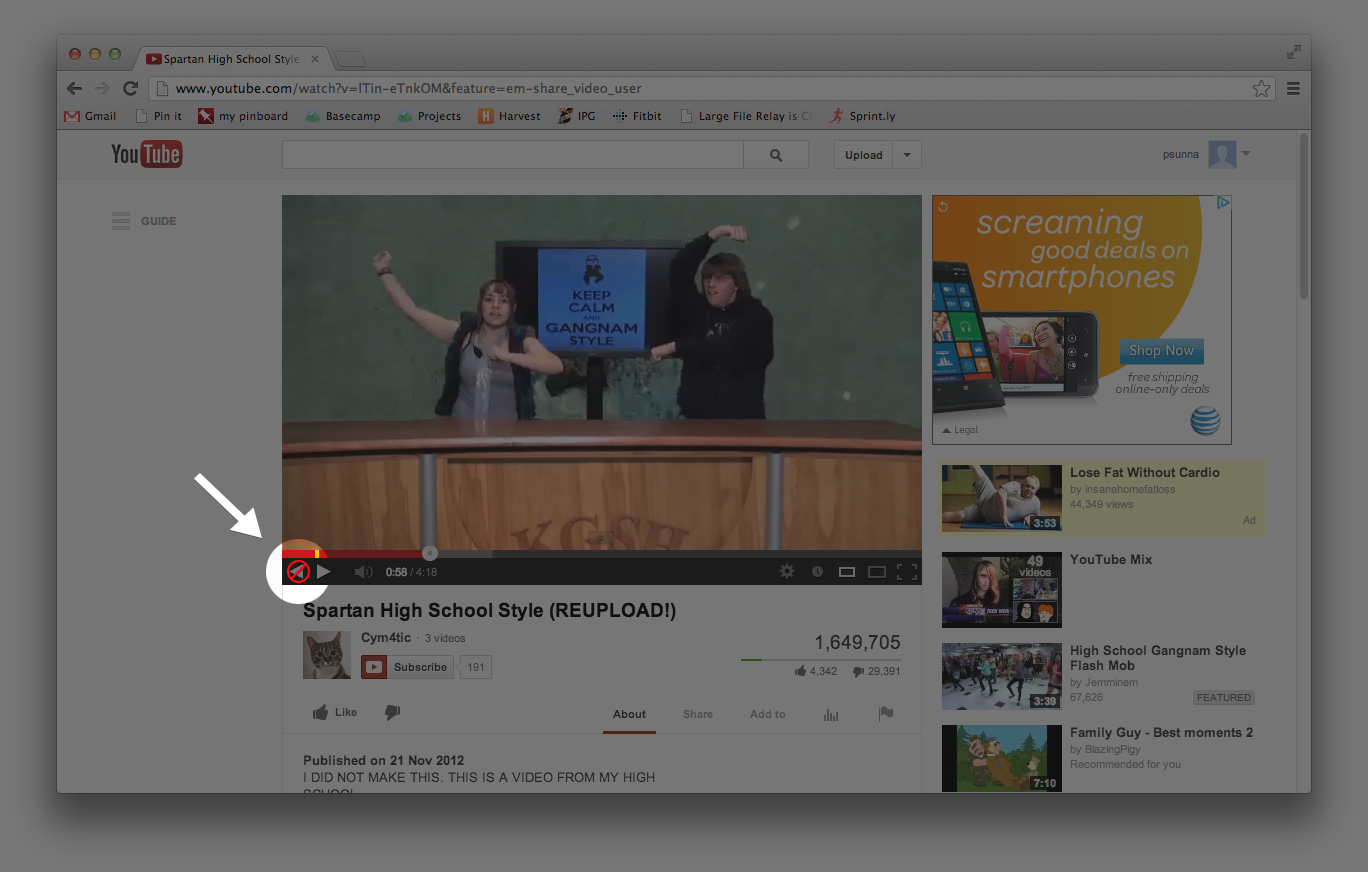
YouTube Launches “Un-Watch” Feature
Inspired by the backlash against Garden Spot High School’s “Gangnam Style” homage and other similar videos , YouTube today launched a new “Un-Watch” feature. Garden Spot’s clip has been described by Huffington Post as the “worst Video on The Entire Internet.” Four agonizing minutes of kids screwing up the horsey dance, singing “Spartan High School style,” and “Hey.. Lunch lady!” with droll, half-hearted delivery. And while millions are ironically amused, others simply want a few wasted minutes of their life back.
Un-watch is a curious product launch but has been a long time in the making. “It’s a way to not only erase the experience” says YouTube’s Elliot Neary, “but to also remove the support you’ve given a video by upping it’s viewcount. Ultimately this is about identity— people want to know that their views are are being counted only for the videos they believe in.”
The new “Un-Watch” button lives directly next to the video play button but with a reversed icon facing leftward. Google is a bit more cagey about revealing details of the technology itself. “You know those scenes in Men In Black where they use that device to erase a few minutes of memory?” says Neary. “It’s basically like that, but online. It’ll be like you never watched the video at all.”
The response to the launch has been unanimously praised and has unsurprisingly found strongest support among teens and sci-fi fanatics. Geoff Countryman, a longtime Star Wars devotee and self described “tech nerd” says “it’s basically the coolest thing I’ve ever seen. There are some videos that just need to be unseen.”
Forget Apple, What About An Amazon TV?
Until the iWatch was rumored the continued need for people to talk about Apple, was a conversation fueled by rumors of a Apple TV.
For me this felt like another chance for Apple to redesign something that people didn’t realize was terrible until Apple showed us the way. Generally the seem to put up with bad design and then coin Apple as a genius for what amounts to quite obvious simplification. In fact, I’m amazed at how much bad design people put up with, every single remote in my apartment is a ugly and functions terribly, my microwave has 32 buttons, of which I use 4.
All the conversations thus far have spun around how Apple would change the way we navigate content. They would likely bring in this world of easily searchable pipes where we’d not focus on the content provider ( Fox) or channel ( Fox Soccer ) or means of providing content ( Cable TV), but instead focus on a content theme like “Soccer” and then show us all manner of “Soccer” content from live games, to video on demand, to youtube to Bluray discs you could buy. It seems like a natural way to change the game, but one fraught with political battles that only someone like the mighty Apple could win.
A question I was asked to Answer on Quora got me thinking, it was asking why T-Commerce ( the idea of buying goods and services directly from TV Ads or TV shows) has not taken off.
I quickly replied how many brands don’t have ( or want to have) the fulfillment systems required to make that attractive, so while P&G are big enough to have a online shop, they aren’t too keen to sell you a bottle of Dawn for home delivery when they’d rather you went to store. I jokingly suggested the only people who’d ever be able to make the model work would be Amazon. It got me thinking.
An Amazon TV would be much like a Kindle HD. It would be sold at cost price, hardwired to buy “content” or in this case “Goods” from Amazon. Amazon would gain market share of these TV by undercutting the competition. As an Amazon customer, you would have your address and Credit card on file. I’d expect it to have a built in camera for monitoring user behavior, but also for Skype calls and gesture control. So as a consumer your experience would be this.
You could see any Amazon content on your TV with no set top box, so you could play TV, Music and Videos via your Amazon account ( and price based on how many people viewing). I’d expect Amazon to have amazing search and recommendation engines based on your demographic and behavioral data and what your friends and influencers watch. This content would be served by agreements with Cable and other TV companies, again, only Amazon has the might to be able to do this with the required weight.
It would be gesture controlled, and be linked up to Amazon Voice to allow you to make video calls over the internet. Amazon would then sell the ability to buy items seen in TV shows, Films, Games and Advertisement breaks to Brands, but with the deals fulfilled by Amazon – so you may be watching Skyfall and buy MacCallan Whisky or Heineken, or be watching A teen drama and decide to buy the outfit worn by the main character, or most likely be watching a TV ad and decide to add a product to your shopping basket.
Amazon then start to get even more customer data, it showcases the effectiveness of ads, records which creative works, when they work, you could even serve banner ads in real time based on promotions that may be going on, so long as the customer finds them valuable,
It seems to be the perfect combo, brands selling more to people, to target more precisely being able to monitor ad effectiveness and producing a solution that works well for typical heavy Amazon users.
VISUAL / UI DESIGNER (Junior/Mid-Level)
User interface design and UX is what you live for, whether you made that button in Photoshop or with CSS it’s always perfect. you spend more time zoomed in at 400% than not because if every pixel isn’t just right you won’t be able to present it. Not because someone else will notice, but because that’s just not how you roll. You’re comfortable with design for all mediums and can just as easily make a comp for a presentation or work with our content team on concepting motion graphics. Most importantly, you have big ideas for the future and can make them come to life for your clients.
For more information, email [email protected].
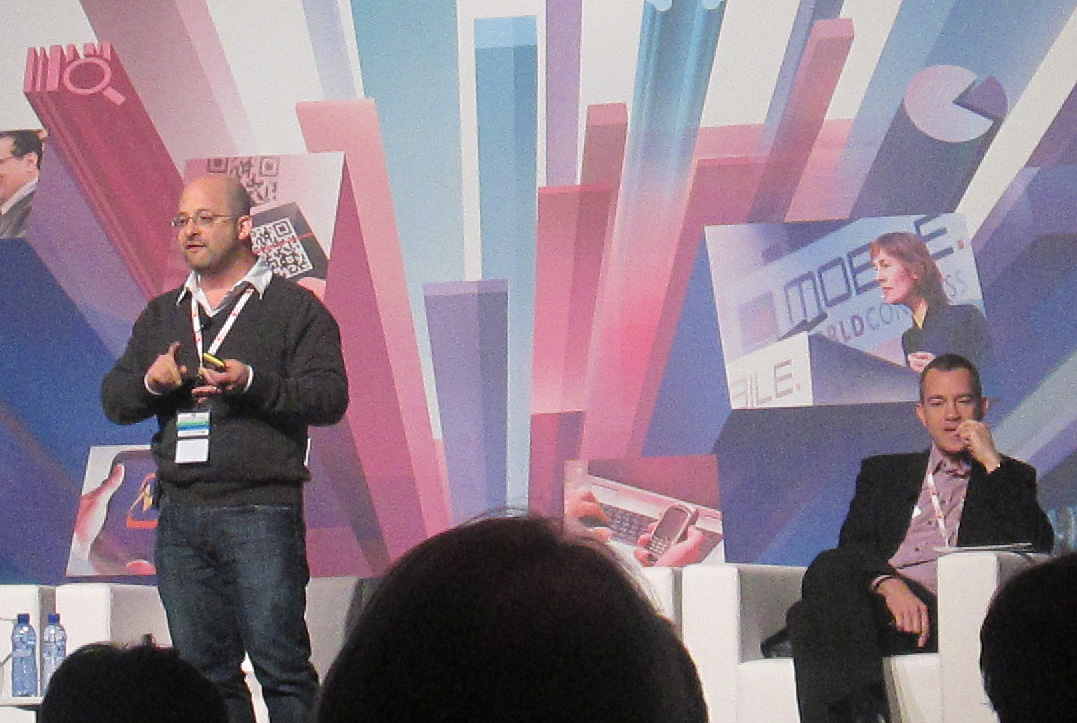
Mobile & Shopping
Yesterday at Mobile World Congress, a panel of marketers and tech leaders discussed the role of mobile in the retail shopping experience. A number of interesting thoughts and insights emerged from the lively discussion.
Danielle Lee of AT&T presented a project born of AT&T’s AdWorks. Under this program, AT&T customers can opt-in to receive special deals and promotions via SMS. Once a consumer confirms via SMS that they do indeed want to receive the messages, the AT&T network keeps track of where they are based on the cell towers their devices are talking to. When a customer enters a pre-defined geo-fence, the customer gets a text message containing a special deal.
Consumers can also log into their AT&T accounts and customize which brands/products they most care about. For those that have opted in, the program has been very well received and they enjoy getting deals delivered to them that are relevant.
Another location-based approach to mobile marketing was presented by David Katz of Groupon. He shared that a fill third of Groupon’s transactions are now coming from mobile. Beyond the classic flash sale experience that the company is famous for, it is evolving into a “Commerce Discovery Experience”. In their mobile app, they can plot Groupon deals on a map, populated in significant part by “evergreen” deals that are not time limited like their classic flash sales.
Response to this model has been very large. Mobile drove more than 40% of their sales on Black Friday.
Ambarish Mitra, the CEO of Blippar, discussed the potential of Augmented Reality in the shopping experience. As an example, he cited a very successful campaign for Heinz designed around consumers scanning bottles of ketchup in the store. The Augmented Reality experience generated by the Blippar app presented consumers with recipes and videos. The campaign captured over 219,000 unique consumers who scanned bottles in stores and they interacted with the experience over 475,000 times.
A forecast that was very interesting to ponder came from Sandra Alzetta of Visa. She predicted that by 2020, 50% of Visa’s volume would come from mobile.
It’s stories like the ones offered during this session and the last statistic in particular that helps explain why mobile payments and mobile retail experiences are such hot topics at Mobile World Congress this year.
Valuations In The World Of The Virtual
Today we see yet another dazzling valuation of a website with a heavy user base, but no clear sense of how, when and how much money will soon flow in. Pinterest today we are told is worth $2.5bn , or approximately $200 per active user.
I’m not sure in life when we started judging websites on users and not revenue, and last of all profit, but I see no signs of sanity emerging.
It makes zero sense to me. One does not look at the numbers of people who visit “Best Buy” and then assume that it’s just great that people are visiting the store. Likewise it’s quite easy to make a business selling $100 bills for $80 and show impressive revenue growth, but last time I checked it was profit that allowed us to eat and put a roof on our heads.
We seem to have entered an age with continuingly crazy valuations based on a sense that land grab and user acquisition trumps any other metric. The confidence of the build it and they will come model is what drove people to make these sites and apps, but the expression never states that those who come will pay for it. It astounds me that clever people, with influence and big wallets are performing robust analysis and “making” these valuations.
It makes even less sense in a world where monetization of users has few clear success stories. Let’s look at the best case scenarios and some of the most shiny success stories of the last few years.
Level one – Users, no revenue, no profit.
We have Pinterest with 13 million actively monthly users, a valuation of $1.5bn and zero revenue.
Level two – Users & Revenue, but no profit.
Spotify, has 20 million users, looks to make about $500m in revenue and is valued at $3bn, but has never made a profit and their costs are proportional to how much the service is used.
Things don’t get any better when you look at the most important website in the world in terms of the value it provides people and the number of people it lures in.
Level three- Users, revenue and profit.
Facebook provides a uniquely valuable service to 1 billion people from which is makes an average of $6 per user per year in revenue, and $2 per user in profit.
The big question.
For me this shows the vastness of one of the biggest question in the world of business right now- how do sites make money from people ?
SO?
Now I can see that for most companies founders the goal is to acquire enough busy users to allow a Google, Facebook, LinkedIn or perhaps one day!) Apple to buy you out. But for the big people making the acquisitions I’m sure that soon the emphasis needs to move away from eyeballs to benjamins.
Primarily monetization of websites seem to fall into blends of 5 ways to extract money.
– Advertiser funded experiences.
– Subscription / Tiered access models.
– Affiliate marketing.
– Selling a product.
– Selling data.
It occurs to me that virtually all fast growing service websites and apps rely most heavily on “online advertising” to be the primary revenue generator. Online advertising seems to be a steady and healthy way to make decent money, but I don’t think Facebook is going to be worth is current valuation of $65bn by making $2 profit per user per year ramping this up to significant figures per eyeball .
Instead it seems that the most lucrative business opportunities in the world right now are those that provide ways to maintain the user experience, providing users with value, but extracting real hard cash value in return.
I have an interesting answer to the question, I think seamless, easy, fast, secure, efficient micropayments are a fascinating area.
Paywalls and tiered subscriptions are current ways to extract payment by those that want services the most, but they rarely both to charge less than $15 per month since transactions are expensive and the value proposition not clearly understood.
But micropayments could change that.
– Is Facebook uniquely valuable enough to charge people $3 per month in the developed world and 50 cents per month in the developing world for an ad free experience? Even if loosing 50% of it’s user base immediately, would still double it’s revenue overnight and arguably provide a much better product.
– Could I read the BBC news website and rather than having to suffer the indescribably bad pain of 30 seconds of preroll before a 2 min long news story, I could instead be billed one dollar per accumulated hour I spend on the site.
– Could I watch highlights from the Colbert Report on a YouTube and not have to chose between illegally filmed clips that often don’t work, and deliberately cut down to be worthless official clips. I would happily pay 50 cents per episode.
I’d love to see a world with this sort of pay as you go tarrif. So long as the sites were valuable and unique enough I see no concerns that people would flock elsewhere. Micropayments could free sites from the burden of over advertising, selling data, forcing products down your throat and instead maybe still provide ways to make more money from advertising, but in a more clear, more premium, more targeted, less cluttered fashion.
I for one liked TV ads, I liked them when TV was an expensive medium as it made expensive creative processes and production techniques worthwhile. One of the issues with internet advertising has been it’s accessibility has lead to cheap, immediate response, throw enough mud at a wall advertising.
I’d love to see the internet advertising equivalent of Superbowl ads or Cinema ads. What could companies do with premium online space, decent production budgets and a relaxed audience with eyes that are not used to filtering out so much crud.
